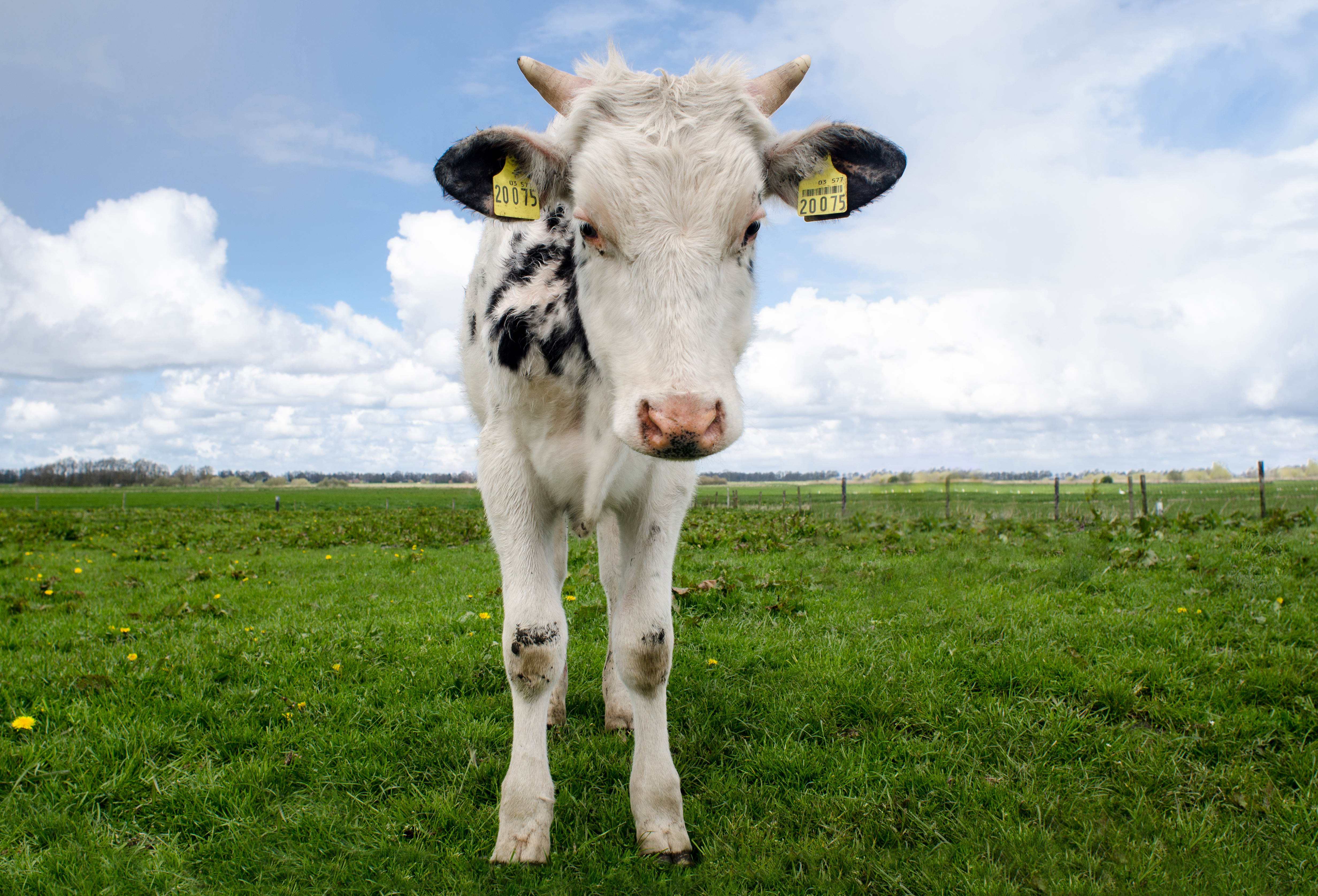Tuesday, December 8, 2020 - Feeding waste milk is a common practice on many U.S. dairy farms and calf facilities. USDA estimates more than half  of all dairies feed whole milk, representing more than 70% of the heifer calves raised in the U.S. “Waste” milk might contain antibiotics from treated cows that have not met their drug withdrawal period.
of all dairies feed whole milk, representing more than 70% of the heifer calves raised in the U.S. “Waste” milk might contain antibiotics from treated cows that have not met their drug withdrawal period.
A 2017 study by researchers at the University of Barcelona, published in the Journal of Dairy Science, evaluated pre-weaned calves on eight farms—four fed waste milk and four fed milk replacer. Fecal and nasal swabs were collected at about 42 days of age from about 20 calves per farm. They analyzed the samples for the presence of antibiotic resistant bacteria. Among the findings:
- Calves receiving waste milk had an increased presence of fecal E. coli resistant to enrofloxacin, florfenicol, streptomycin, doxycycline and erythromycin. Feeding waste milk also increased the percentage of multidrug resistant fecal E. coli.
- Resistance to a specific antibiotic did not necessarily correlate to use of that antibiotic on the same farm. The authors suggest “the use of a particular antimicrobial could select for resistance to other antimicrobials within a bacterial population.”
- There was no significant resistance to a family of antibiotics that is used frequently on most dairy farms—the beta-lactams, including amoxicillin and ceftiofur. This lack of resistance was consistent, regardless of whether or not calves were fed waste milk.
- Nasal swabs were evaluated for the presence of resistant Pasteurella multocida. Only about 36.5% of samples contained P. multocida, and resistance among those samples was minimal. Only resistance to colistin was detected in calves fed waste milk, although only one farm used colistin to treat sick calves.
Feeding waste milk appears to increase the resistance to some antibiotics in fecal bacteria of calves. This study also suggests that horizontal transmission of genetic resistance from other bacteria in the environment or other animals may contribute to antibiotic resistance in young calves.
DOC'S COMMENT: In my opinion, any dairyman feeding “waste” milk to his replacement heifer calves is asking for trouble down the road. Waste milk on most dairies contains antibiotic residues as well as common mastitis causing bacteria — some of which are resistant to antibiotics. The ultimate performance of a heifer calf depends in large part on what happens in the first 90 days of its life. Smart dairymen know it’s false economy to feed heifer calves anything other than whole milk from mastitis free cows.
Learn More on this Study Here (PDF)
